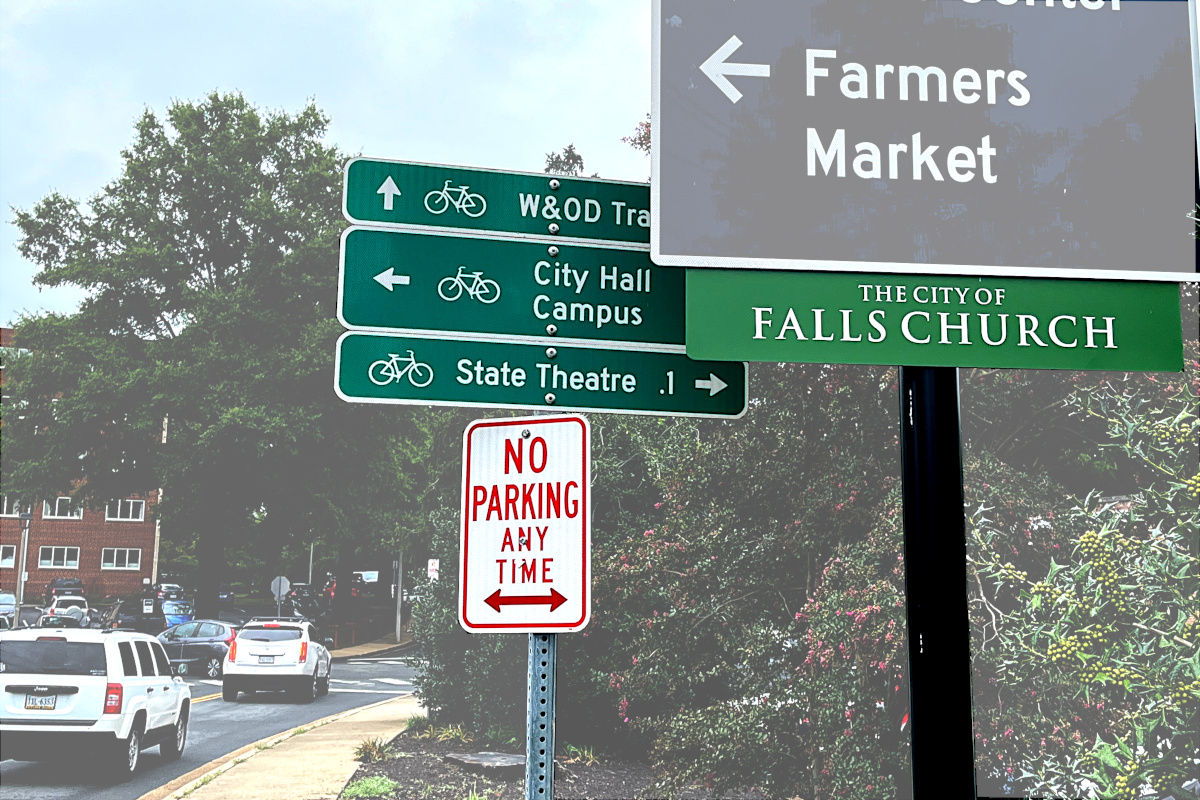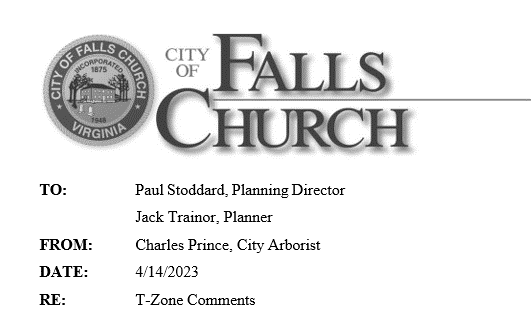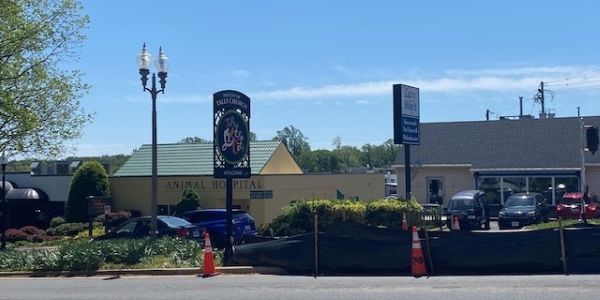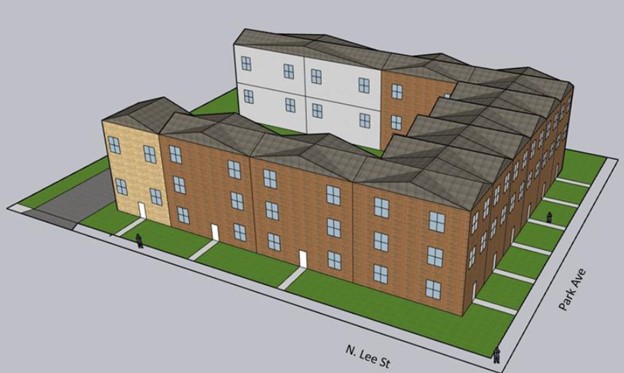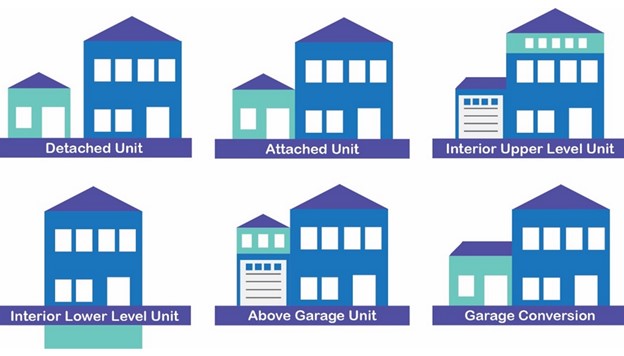Council Cuts Commercial Parking for First 1,200 Square Feet of Leased Space
Summary
- The City Council voted unanimously to reduce commercial parking requirements for the first 1,200 square feet of space for new business uses in existing buildings.
- First discussed in May 2024, this amendment’s stated purpose is to attract small businesses to the City and enable adaptive reuse of older commercial structures.
- The amendment to the zoning ordinance for off-street commercial parking has been revised since the spring to clarify that all tenants with new non-residential uses are eligible for reduced parking requirements if they meet specific criteria when they apply for certificates of occupancy. Those criteria include:
- commercial buildings changing use must not exceed 20,000 square feet of gross floor area,
- eligible buildings must not be subject to off-site parking agreements, and
- shopping centers as defined by the zoning ordinance remain exempt from the proposed commercial parking reductions.
- In addition, in the approved ordinance the Zoning Administrator retains discretion over off-street commercial parking relief on an as-needed basis.
- Council approval includes the requirement that City staff report on the impact of this zoning change in a year and no later than November 2025.
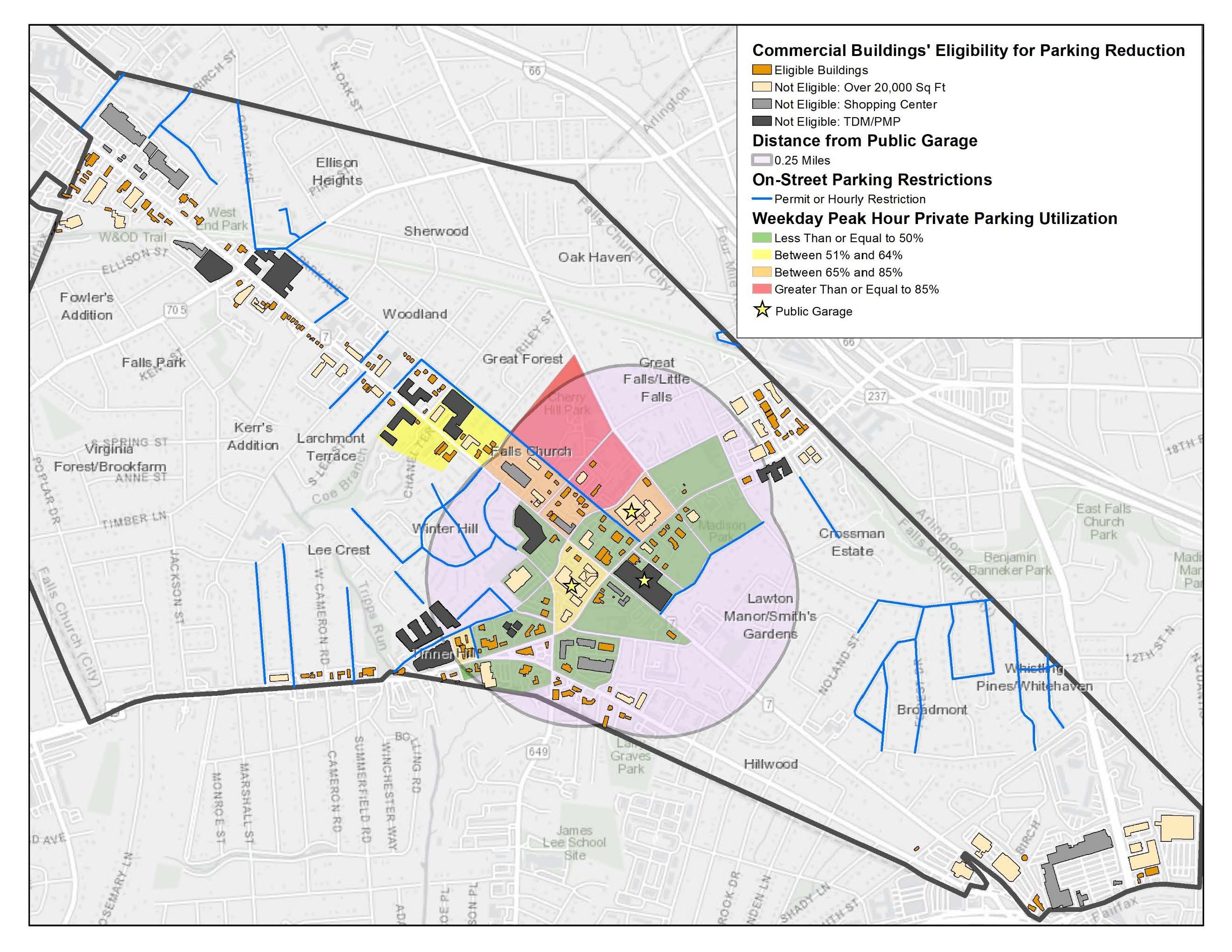
Map showing buildings eligible for commercial parking reductions in orange, along with the location of available parking garages in the center of the City. Source: Provided to City Council by staff on October 28, 2024.
Compromising at 1,200 square feet for parking reductions
At its meeting on October 28, 2024, the City Council chose the middle ground of exempted square footage, relieving the first 1,200 square feet of leased space for new uses from parking requirement calculations. In doing so, the Council rejected the staff’s proposal of 1,000 square feet and the Planning Commission and Environmental Sustainability Council’s recommendation of 1,500 square feet.
The Council’s decision aligned instead with recommendations from the Economic Development Authority and the Falls Church Chamber of Commerce that the exemption apply to the first 1,200 square feet of leased space for new commercial use. [For background on the commercial parking discussion throughout the summer and early fall, read Pulse posts “Initial Updates to Off-Street Parking Requirements Being Considered by the City,” June 16, 2024; “Planning Commission Public Hearing on Commercial Parking Reductions Delayed to September,” August 10, 2024; and “Owners of Commercial Buildings Examined for Conflicts of Interest in Proposed Parking Reductions Ordinance,” September 2 and September 24, 2024.]
How large an exemption?
While Jack Trainer, senior planner and lead on the parking initiative, said that staff analysis supported an exemption at 1,000, 1,200, and 1,500 square feet, he recommended that the Council “start with 1,000 square feet and consider 1,500 square feet later,” if experience with the revised ordinance indicates doing so “makes sense.” Mr. Trainor noted that the smallest 40% of Falls Church businesses would benefit from an exemption of the first 1,000 square feet from off-street commercial parking calculations, while the smallest 60% of these businesses would benefit from an exemption of the first 1,500 square feet.
Council Member Marybeth Connelly welcomed the proposed ordinance’s goal of “unlocking possibilities for small businesses” and confirmed that raising the exemption from 1,000 to 1,200 square feet would not “trigger a new first reading” of the proposal by the City Council.
Retaining the role of the City Zoning Administrator
Council Member Erin Flynn expressed support for the commercial parking reductions and affirmed the continued role of the Zoning Administrator in further reducing parking requirements as needed on a case-by-case basis. She asked that in addition to the Planning Commission’s request for a status report in a year’s time, staff also track the use made of the Zoning Administrator’s discretionary authority. “We need data to better tweak this [ordinance],” she said.
In response to Ms. Flynn’s inquiry about whether excess parking spaces could be put to new uses, Planning Director Paul Stoddard responded that while they might be leased to other tenants for parking, a different use, such as outdoor dining, would require a different approval process.
Council Member Justine Underhill asked Mr. Stoddard if all commercial parking requirements should be determined on a case-by-case basis, and he replied that doing so would burden City staff as well as prospective business tenants. The proposed ordinance “clarifies who can move in and provides an easier path to do that,” Mr. Stoddard said. In response to her query about what success of the revised ordinance would look like, he said it would mean fewer prospective businesses “going away” and “a wider variety of [business] uses” in the City.
Fairness to existing tenants
Ms. Flynn and Ms. Underhill inquired about the fairness of the zoning amendment to existing tenants. Mr. Stoddard replied that existing tenants may ask for adjustments to the commercial parking requirements in their certificates of occupancy.
Mr. Stoddard agreed with Council Member David Snyder’s request that the motion approving the revised ordinance require a formal report on its impact a year from now as well as on the continuing role of the Zoning Administrator in providing commercial parking relief. Mr. Snyder acknowledged and supported the upsides of the amendment but also raised the potential for creating safety issues for pedestrians and cyclists if parking is pushed from parking lots to residential streets. He asked that the report address any “unintended consequences.”
Vice Mayor Debora Shantz-Hiscott, who is the Council liaison to the Environmental Sustainability Council, favored adopting its recommendation of the 1,500 square-foot exemption and proposed amending the Council motion accordingly.
Seeking a commitment to comprehensive parking reform
Both Council Members Flynn and Underhill expressed their desire to see the City staff study and recommend changes to parking overall. “I do hope the City can remain committed to a comprehensive parking evaluation,” said Ms. Flynn.
Ms. Underhill delivered a written speech praising the revised ordinance as “a win for small business” and “a small step” toward comprehensive parking reform. She decried 1960s parking rules “locked in amber” and criticized anyone opposing the ordinance in favor of the status quo as “afraid of change.” She asked, “What are the unintended consequences of not adopting this amendment?” asserting that “most cities go way further than we’re planning to do today” eliminating parking requirements altogether.
Ms. Underhill seconded Ms. Schantz-Hiscott’s motion to exclude the first 1,500 square feet of leased space for new business uses from parking calculations. However, Council Member Connelly offered a substitute motion specifying 1,200 square feet that was seconded by Mr. Snyder and ultimately approved 6-0 by the Council.
Mayor Letty Hardi reiterated her comments at earlier meetings on the zoning amendment that “people think we don’t have enough parking” when studies in recent years indicate “we have more than enough.” She suggested that “technology can be a friend” and urged the City to “think creatively” about helping people get to available public spaces. “The entire City can be managed on a parking app,” she said.
City Community Relations and Legislative Affairs Director and Pension Plan Administrator Cindy Mester noted that part of the City’s recently awarded Smart City grant involves looking at parking throughout Falls Church.
References
- City Council Regular Session, October 28, 2024. This official video will not display properly on a small screen as it includes the agenda. The discussion of the zoning amendment on parking begins at timestamp 1:42:00 and ends at timestamp 2:46:03.
- City Council Regular Session, October 28, 2024. YouTube video.
- Commercial Parking Zoning Ordinance Amendment Staff Report, October 28, 2024.
- Commercial Buildings’ Eligibility for Parking Reduction.

